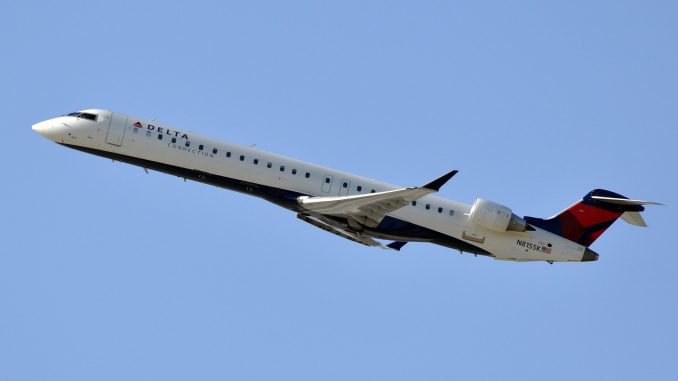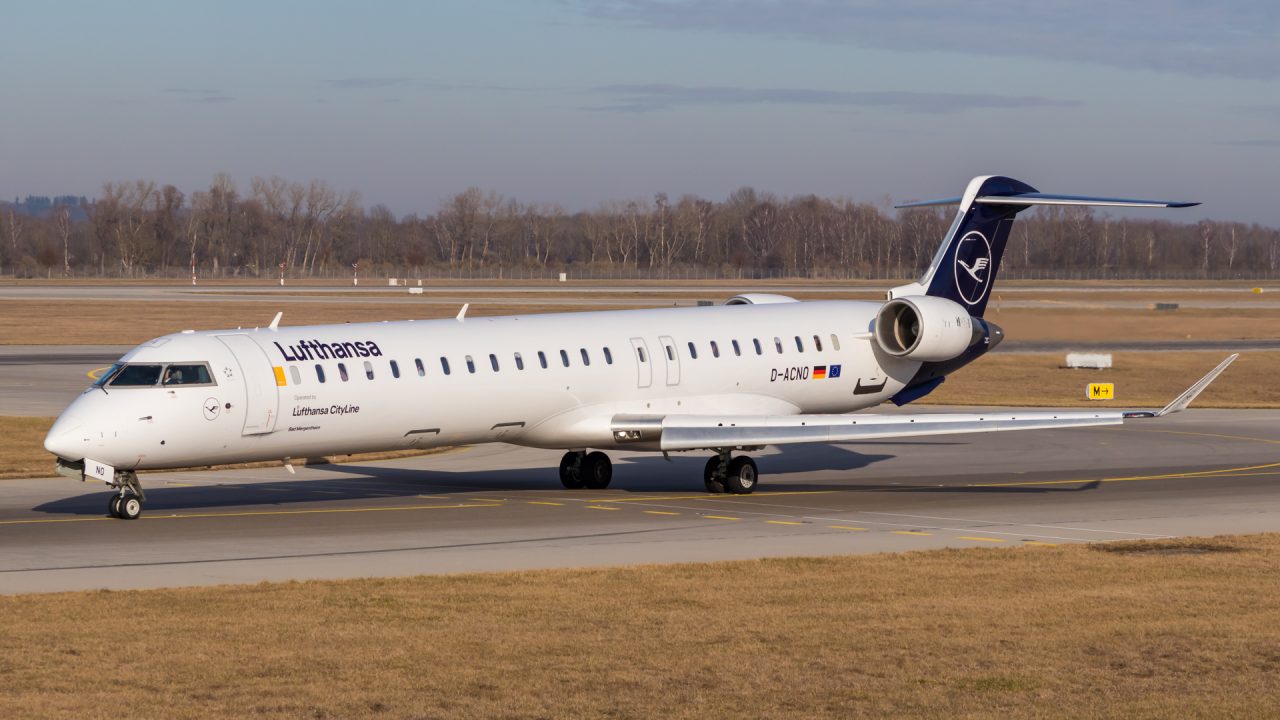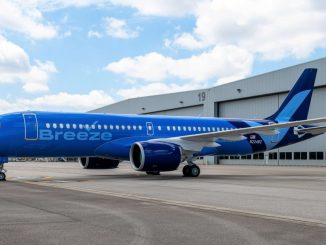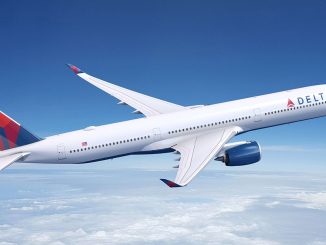
It all began in the early 1970s, when William Lear, who is also remembered as the inventor of the now infamous Learjet, started developing a new small business jet, which he tentatively called the LearStar600. A relatively small company named Canadair soon joined in on the project and after just a few years took complete control of the project which was renamed as Challenger 600.
Development of the jet proceeded normally and just a few months after Lear‘s death in May 1978, the Challenger 600 took off for the first time. A type certificate was issued in 1980 and Canadair began producing the Challenger for customers. However, during the initial first few years there weren’t a lot of customers willing to buy a Challenger and as a premonition to what was going to happen over thirty years later, Bombardier stepped in and took over a financially struggling Canadair in 1986.
After the sale to Bombardier
Once Bombardier took over, the Challenger program seemed to gain momentum and three years later a decision was made that would undoubtedly change regional aviation for a long time. The company decided to develop a small commercial passenger aircraft out of the Challenger family. After a few airlines showed serious interest in purchasing this small 50-seater aircraft, the development was deemed financially viable, therefore the Canadair Regional Jet (CRJ) was born.
A successful first flight in 1991 and subsequent flight test campaign saw regulators award a type certificate to the new CRJ100 on October 29, 1992. The very first aircraft was delivered to launch customer Lufthansa a few weeks later. Several improvements were made to the CRJ100 over the following years, including more powerful engines, better operating performance, reduced fuel consumption among other things. This eventually led to the CRJ200 and proved to be an extremely popular aircraft. Especially in North America, for routes where a larger aircraft or turboprop were not viable to operate.
Another stretch
By 1995, the CRJ family was selling extremely well and Bombardier started evaluating a further stretch of the original Challenger design which led to the CRJ700 program officially being launched in 1997. The type first took off in 1999 and the first aircraft delivery was achieved in 2001 to a small French airline called BritAir, which would operate the jet on behalf of flag-carrier Air France.
To facilitate the production of the CRJ700, a new manufacturing line was opened at Montreal Mirabel Airport as the existing line where the CRJ200 was built didn’t have enough space to accommodate a further stretch.
While the CRJ700 was still in flight testing, Bombardier already started to make changes to the existing CRJ700 design that would later create the CRJ900. This new variant was only stretched marginally over the CRJ700 but it proved to be the right aircraft at the right time.

Rise of the CRJ900 and Fall of the CRJ200
Once the CRJ900 gained its type certificate in 2003, airlines looking to expand their current jets with a larger plane but without the added costs of integrating a new type started buying CRJ900. Delta Air Lines placed a huge order for several hundred CRJ family aircraft a few years earlier in 2000, with the intention to make it the backbone of its regional aircraft fleet. A huge selling point was its compliance with scope clauses in the US that regulated how big regional aircraft could be at a large network carrier like Delta or American Airlines.
The CRJ700 and 900 were also popular at airlines in Europe and Asia and while they continued to win orders, demand for the smaller CRJ200 was slowly drying up after Embraer from Brazil created its ERJ family which was aimed at the CRJ200 and later the E-Jet family, which competed with the larger CRJs for customers. Production of the CRJ200 eventually ended in 2006.
Yet another size of the CRJ family was announced in 2007 with the aim of stretching the CRJ900 even further to accommodate more than 100 seats compared to the 80-90 seats on a CRJ900. Flight testing of the CRJ1000 went not exactly smooth, with a rudder issue causing it to be halted for several months. First deliveries took place in late-2010, but the larger type never gained the momentum of previous variants. Only 63 aircraft were built.
What goes around comes around
While sale numbers for the CRJ family slowly decreased every year over the past decade, Bombardier instead focused on developing an all-new aircraft, capable of competing with larger short-haul jets: The C-Series, nowadays known as the Airbus A220. But with an out-of-control new aircraft development, loosing money on both of its commercial aircraft lines (the other one being the Dash-8 family), Bombardier first sold the C-Series to Airbus in an effort to get the aircraft off the ground, then the Dash-8 to Longview Aviation (which gave a rebirth to the old De Havilland name) and finally, back in 2019 (with the deal being completed in 2020), the CRJ line to Mitsubishi.
Shortly after Mitsubishi took over the CRJ program, the Japanese company announced that the last CRJ would roll off the production line in late-2020, ending an almost 30-year run, with almost 2,000 aircraft of all variants having been produced and being operated on all seven continents. Mitsubishi had intended to use the CRJ’s extensive network (both in sales and production) to launch its own entirely new regional airliner, the Mitsubishi M90 “Spacejet”. But that programme is on halt, quite possibly forever.
A final goodbye
Now, the 1,945th and final Canadair Regional Jet (registered as N840SK) made its way home to regional carrier SkyWest Airlines, which will operate the aircraft under the Delta Connection banner. While many passengers loathed getting on a CRJ200 due to its cramped seating and overall uncomfortableness compared to other short-haul planes, it can undoubtedly be said that William Lear‘s dream, although he never saw it fly with his own eyes, changed the regional aviation landscape and whether that’s for the better or worse is up to the eye of the beholder.
Jan-Hendrik is an aviation enthusiast from Germany, loves to travel the world and fly on as many aircraft as possible. His first flight was with a Condor 757 to Spain and has been interested in aviation ever since. His fields of expertise are aircraft accidents and passenger experience (PaxEx).



